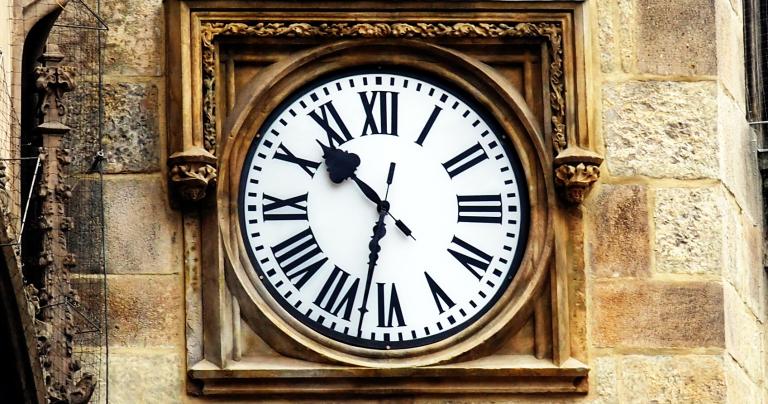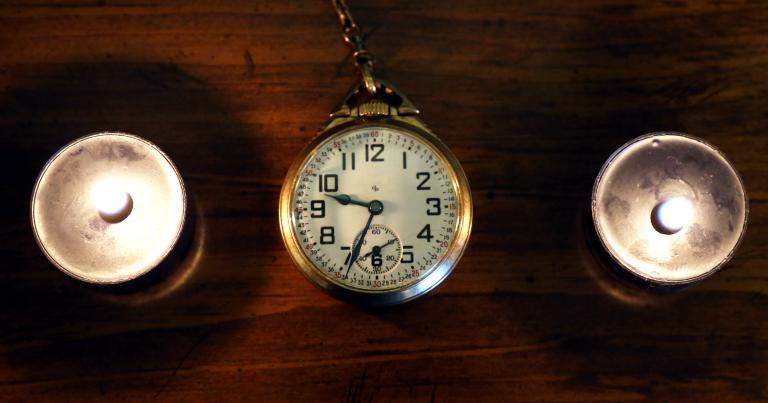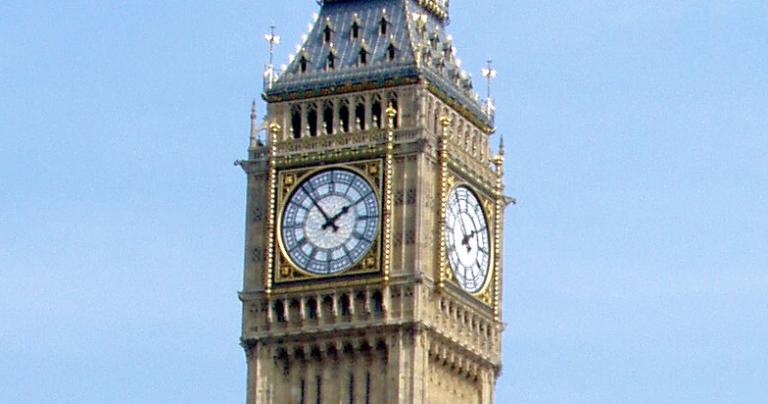This Sunday is the start of Daylight Saving Time in the United States, our biannual exercise in continuing a tradition that may have made sense at one point but has long passed its usefulness. And it’s the bad end – we lose an hour and we won’t get it back till November.
I can’t say I’ve always hated Daylight Saving Time. As best I can remember, as a child I thought “Spring forward and Fall back” was just one of those odd things on the calendar, like leap year or Flag Day. But the older I get the less I like it and the more I wonder why we keep doing it.
And now I’ve made up my mind: Daylight Saving Time must die.
A brief history of time(keeping)
Time is one of the basic building blocks of the universe, and arguably the most mysterious. It began at the Big Bang, which makes contemplating what existed before the Big Bang a recipe for a massive headache. Einstein showed time is relative and it varies with velocity, and physicists can’t explain why it always runs in one direction. But we experience time as constant, and for the purposes of our ordinary lives that’s good enough.
Time may be a natural phenomenon, but timekeeping is a human construct. Days and years are grounded in the cycles of nature, and while months are nominally based on the cycles of the moon they’ve been aligned with the solar year. Hours, minutes, seconds, and weeks are all arbitrary human constructions.
And so are time zones. In the days when most people never went more than 20 miles from their birthplace and could travel no faster than a horse could run, there was no reason to standardize time from city to city. Noon in Prague was different from noon in London, but it didn’t matter to anyone. Britain established Greenwich Mean Time in 1675 to aid with seafaring navigation, but it was the expansion of railroads in the mid-1800s that drove the need for standardized time zones.
Even today time zones aren’t completely standard. Several countries use half hour time zones, most notably India. So does the Canadian province of Newfoundland. Meanwhile China has one time zone for a country roughly the size of the United States. That means in Lhasa, Tibet (which is controlled by Beijing even if many of its residents believe it should be an independent nation) the current sunrise is about 8:00 AM and sunset is at 8:00 PM.
Daylight Saving Time
Benjamin Franklin was the first person to propose moving an hour of summer daylight from the morning to the evening, so as to burn less fuel for lighting. Most people were still sleeping during the early daylight hours (particularly in northern latitudes where the days are longer), so having that extra hour of light in the evening would be a better use of available daylight. Franklin’s proposal was universally ignored.
Various internet sources say that Daylight Saving Time began in Britain, Canada, or Germany. Regardless of who was first, it became widespread during World War I, to save fuel for the war effort.
Rural people hated it – and mostly still do. They work by the sun, not by the clock. Plus farm animals are used to being fed and milked at the same time every day.
DST gradually became commonplace after World War II, and in this country it became permanent with the Uniform Time Act of 1966. In most places, anyway. Hawaii is close to the equator and has very little variance in the length of days, while Arizona is so hot they’d rather have the extra hour of light in the morning when things are cooler.
Originally the U.S. had 6 months of DST. Then it moved to 7 months, and in 2007 began running from the second Sunday in March until the first Sunday in November – almost 8 months of the year.
The problems with DST
Daylight Saving Time does reduce energy use, although by an insignificant amount. And many people like having more daylight for outdoor activities during the warm months.
However, the transitions are stressful. There are more traffic accidents, more workplace injuries, and more heart attacks after the spring transition. We’re already a sleep-deprived culture – losing an hour even once a year is a big deal.
I prefer the gradual waxing and waning of daylight that comes with a consistent clock, and I don’t particularly like it not getting dark till 9:00, especially when it’s so hot outside.
The only good thing I see with DST is what most people complain about – changing all the clocks. DST is a twice-a-year prompting to synchronize all your clocks to the common time. But with more and more devices connected to cell towers and the internet and continuously synching themselves, this is becoming less and less important.
The one thing worse than DST
I lived in Indiana from 1995 through 1997, when the state did not observe DST (except for a handful of counties in the northwest of the state that are essentially suburbs of Chicago). The state spent the entire year on Eastern Standard Time. Great, right?
Wrong.
Farmers (a significant lobby in Indiana) liked it. So did anyone who never had to deal with anyone outside the state. But the rest of us lived our lives on New York time in the winter and Chicago time in the summer. My house was two miles from the Michigan state line – sometimes the time was the same, other times it wasn’t.
If you had business dealings with people in other time zones, you could remember that the time difference had shifted, but they never did. Like to watch late night TV? It starts at 11:30 in the winter, 10:30 in the summer.
I grew up on Eastern time. Most of Texas is in the Central Time Zone and I greatly prefer it. I can watch all of a Monday Night Football game and still get a decent night’s sleep.
Indiana finally adopted Daylight Saving Time in 2006. There’s a push here in Texas to do away with DST, but as much as I hate it, a state-by-state approach is much worse.
Daylight Saving Time Must Die
The costs of DST outweigh the benefits. But if a significant majority of people really want that extra hour of daylight in the summer, just leave the whole country on DST year-round. I prefer standard time, but I’ll be happy to compromise if it means not losing an hour every spring.
















